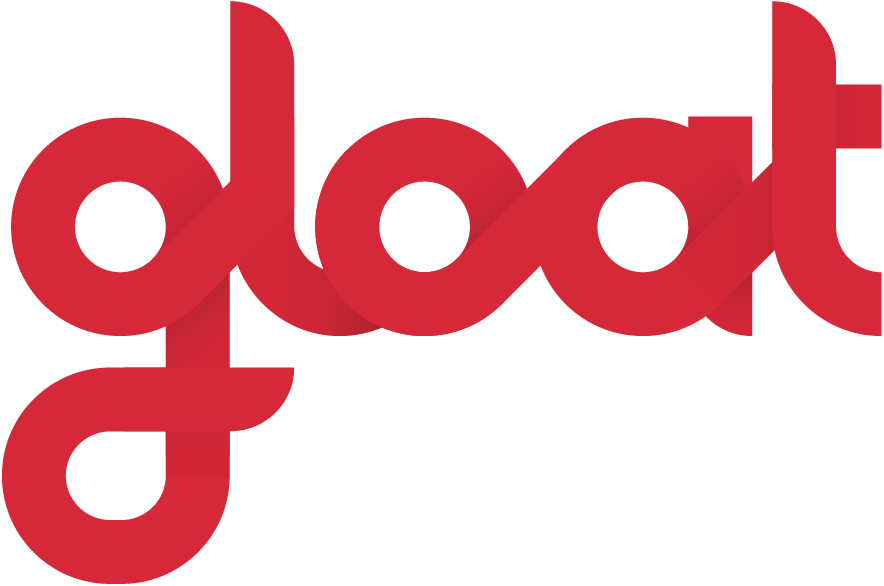Who is your AI working for?
Companies can use data to optimize employee experience as data science becomes an inseparable part of business operations

As business leaders continue their quest to quantify, analyze, and prognosticate nearly every aspect of their organizations, data’s impact on HR functions isn’t much of a surprise. With the seemingly limitless trove of information sources available—recruitment data, proficiency tests, productivity data, and an array of on-the-job assessments, to name a few—the problem facing leaders today isn’t so much getting information, but knowing how to use it.
The fact is, knowing how to use data to power transformative organizational shifts is far more valuable than the data itself. To function properly, AI requires data—harmonized, streamlined data. Luckily, tools to centralize real-time data exist to create better workforce intelligence than an endless series of disjointed databases. From supply chain management to risk mitigation, its greatest use could be in connecting people with the right opportunities within the organization in a talent marketplace.
How data powers AI-backed workforce agility platforms
Business leaders must act quickly to get ahead of the data revolution and learn how to use the information to not only strengthen their organization but actualize its potential to transform the careers of their people. With a talent marketplace, qualified talent can be matched with the relevant projects, gigs, and training opportunities within an organization. It unlocks massive agility capabilities for organizations looking to prioritize talent mobility, but presents a challenge: how does an organization utilize all the information available without investing a massive amount of manual work?
Advancements in artificial intelligence are revolutionizing the way data can be both handled and directed, specifically in regard to automation. By implementing AI techniques, talent marketplaces can help companies understand how the skills of their employees factor into their roles, going as far as helping to design jobs themselves based on real-time information.
As business needs evolve and skill needs change at an ever-rapid pace, it’s not just companies that need to develop their abilities. Equipping organizations with the tools to meet speed with smarts begin with remembering what really powers talent marketplaces: people.
Using AI to empower career growth
A Deloitte survey shows that although 76% of enterprises acknowledge that talent mobility is important, only 6% believe their organization is “excellent” at enabling mobility. Talent mobility does more than unlock siloed skills for organizations; it gives employees the agency to take control of their careers unlike ever before, showing them clear paths for growth and connecting them with the opportunities that match their skills and interests.
Empowering an organization’s people to pursue the skills and ambitions relevant to them shows trust and investment in their future. While 69% of global employers struggle to find the talent they need, a well-informed talent marketplace can match people with the training to both close skill gaps within a company and help talent pursue their career aspirations. As workers continue to value mobility in their careers, providing an internal platform to enable lateral movement within an organization helps foster engagement with the company.
Improving employee engagement is far more valuable to companies than altruism. A Qualtrics survey shows that companies with high engagement achieve 2.5 times more revenue growth and 40% less churn than organizations with less-engaged workers. Creating an engaged workforce takes action, and large organizations must utilize tools that operate at scale just as well as they do at the individual level.
Putting people first when utilizing workforce intelligence
For employers, using data to help foster an engaged workforce can help curb an alarming trend: A Monster.com survey shows that 80% of workers don’t believe their current employer offers growth opportunities. If talent is unable to see the opportunities within their company, it’s difficult to instill a sense of agency in their own career. Breaking down silos and enabling people to pursue assignments that relate to their abilities is how companies can enhance engagement.
Democratizing access to opportunities through a talent marketplace can also help organizations make massive strides in DEIB initiatives. By empowering a well-crafted talent marketplace to suggest and connect qualified talent with the right opportunities, employees who may have once been overlooked due to unfair biases are put in a position to show their true capability. Nearly 80% of workers want to work for a company that values diversity, equity, and inclusion, and action is the surest way to prove an enterprise’s commitment to driving lasting change.
With every new technological innovation, companies must ground their efforts in the impact they will have on the employee experience as well as the organization’s objectives. Automation is here to stay—and “hyperautomation” is around the corner, according to a recent Gartner survey.
But as automation and the digital revolution continue to take hold of businesses, it’s easy to forget that the most important resource companies have are their people. Every new platform, technology, and methodology that organizations choose to adopt should keep people the top priority—and data science is no exception.
To learn more on how to enable data to strengthen your workforce, read how Unilever uses AI to retain and engage employees.




